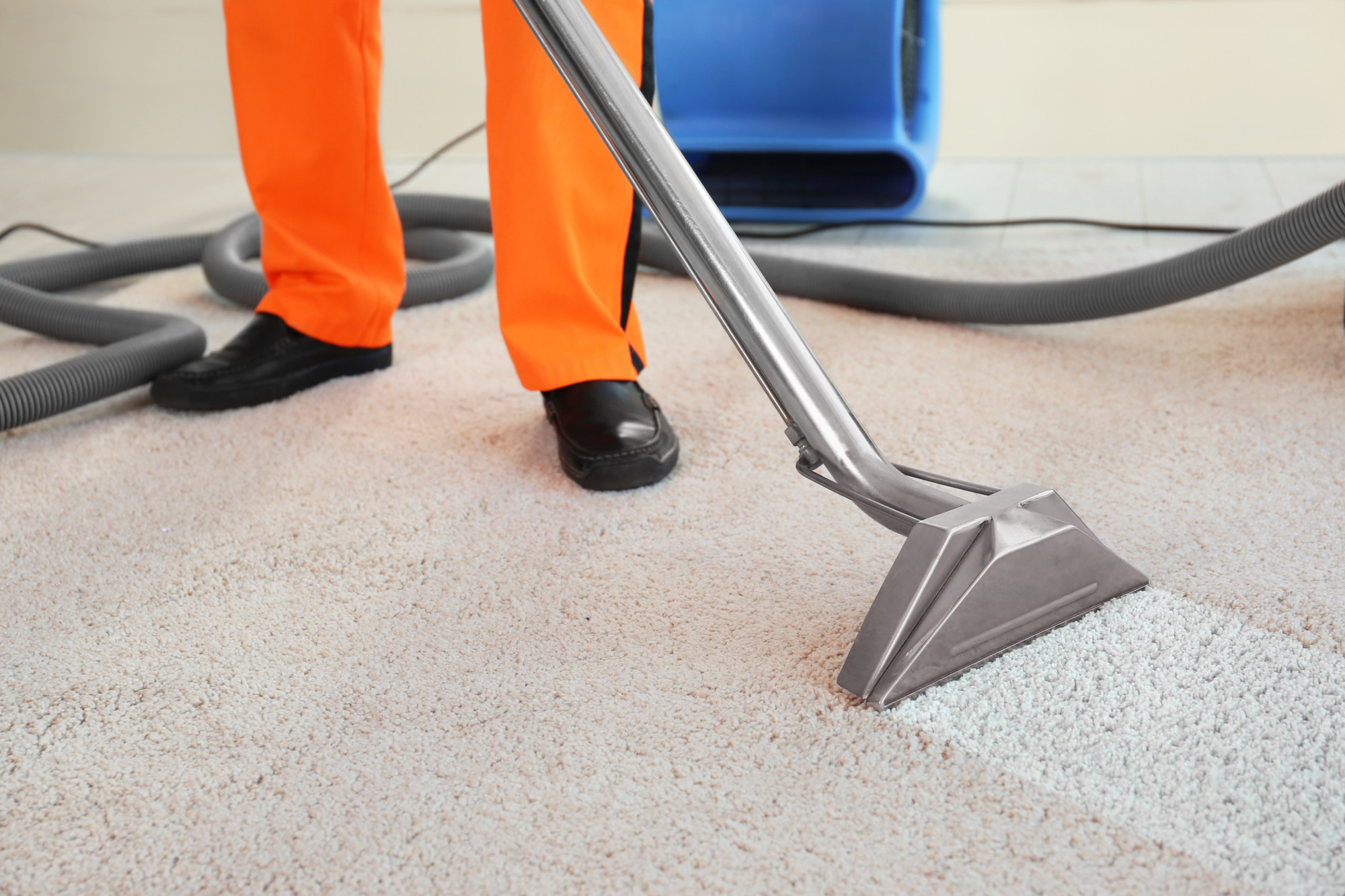
Contact Us
Clear View Builders
Email: [email protected]
Phone: +19164205862
4913 Rio Linda Blvd
Sacramento, California, United States 95838
- From traditional wood or metal balusters to sleek glass panels, there are many material options available to fit any aesthetic preference.By extending the living space outdoors, attached decks create a seamless transition between indoor and outdoor spaces and environments, allowing for a smooth flow of activities.Snow removal can be tough on decks, especially if you’re using heavy equipment like shovels or snow blowers.There have been a growing number of deck failures resulting in death and critical injuries.Discover the benefits and considerations for adding a deck to your property.
Pros and Cons of Metal Decking
Keep in mind that attached decks must meet building code requirements, as they are structural additions to the home. Work with a local deck builder to ensure your dream deck meets the necessary code requirements in your area. We’ve also discussed the materials commonly used for deck construction and the importance of following building codes and regulations to ensure safety and compliance.Protecting Your Deck From Water Damage
Fully repairing a deck, especially if structural repairs are necessary, is usually best left to professionals. If you try, be sure to follow the manufacturer’s instructions for any joist hangers, connectors, and screws or nails that you install. Similar to pressure-treated wood, cedar requires regular maintenance. But if you select quality cedar and provide annual refinishing, you can expect your cedar deck to outperform standard pressure-treated wood decking. In general, the word “composite” means different materials combined to create a new finished product. Composite decking is made from a blend of plastic and wood fibers. Zoning laws regulate land use and can dictate how far away from property lines a structure must be built. Built-in seating is a popular feature for decks because it provides ample seating without taking up extra space. Whether you opt for benches or corner seats with cushions, built-in seating ensures that everyone has a place to sit while enjoying the outdoors. Additionally, maintenance requirements are minimal due to its resistance against wear and tear over time. Although it comes with a higher price tag, concrete or stone decking stands out as the most durable option. The average person will spend anywhere from $3,000-$8,000 on a new deck. Fiberglass is a synthetic option that works very well in environments with extreme temperatures. Yet, it is also a good option for homeowners in moderate climates because it creates a durable deck that is resistant to moisture and insects. Natural wood is a popular choice for decking, but it is not the right option for everyone. It all depends on your budget, the time you plan to spend in your home, and the ways you use your outdoor spaces. Consider adding built-in seating, planters, or a pergola for shade and visual interest. Experts advise that decks be inspected by a qualified professional. Once a year is ideal for decks older than 10 years, while every two or three years may be acceptable for newer decks. The service life of deck components ranges between 10 years (or less) for decks located on the ocean to thirty years for decks in a dry environment. Learn how to determine the number of footings and support posts you need for your deck when designing your deck frame. 